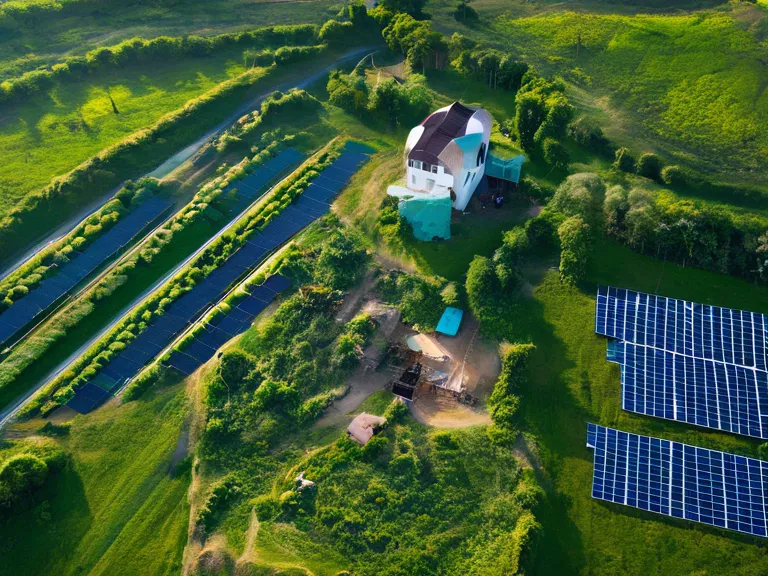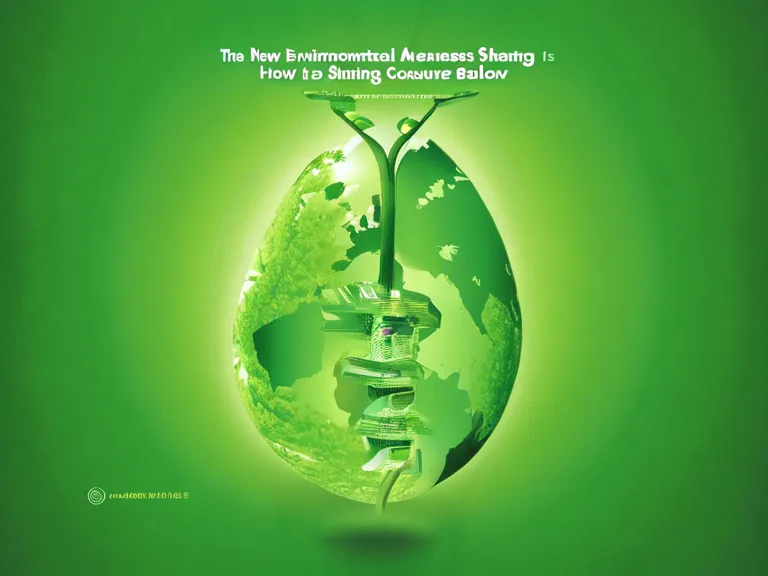
Artificial intelligence (AI) is revolutionizing the renewable energy sector, providing innovative solutions for powering remote villages sustainably. Through advanced technology and data analytics, AI is enabling the efficient utilization of renewable energy sources such as solar and wind power. This article explores the impact of AI on renewable energy and its role in empowering villages to become self-sustainable.
AI has the ability to optimize energy production and consumption in a way that was previously impossible. By analyzing vast amounts of data in real-time, AI can predict energy demand patterns and adjust renewable energy systems accordingly. This proactive approach ensures that energy is generated and used efficiently, reducing waste and maximizing resources.
In villages where access to reliable electricity is limited, AI-powered microgrids offer a solution. These decentralized systems can be easily scaled to meet the specific needs of a village, providing a stable and affordable source of renewable energy. By leveraging AI algorithms to manage energy distribution and storage, microgrids ensure that villages can access electricity consistently, without relying on the grid.
Furthermore, AI can help optimize the maintenance of renewable energy infrastructure, reducing downtime and increasing the lifespan of systems. Through predictive analytics, AI can detect potential issues before they occur, enabling proactive maintenance and minimizing disruptions to energy supply. This predictive maintenance approach not only saves costs but also ensures the long-term sustainability of renewable energy solutions.
Overall, AI is transforming the renewable energy landscape, making it more accessible and efficient for villages around the world. By harnessing the power of AI, villages can become self-sustainable in their energy production, reducing their reliance on fossil fuels and contributing to a cleaner and greener future.



